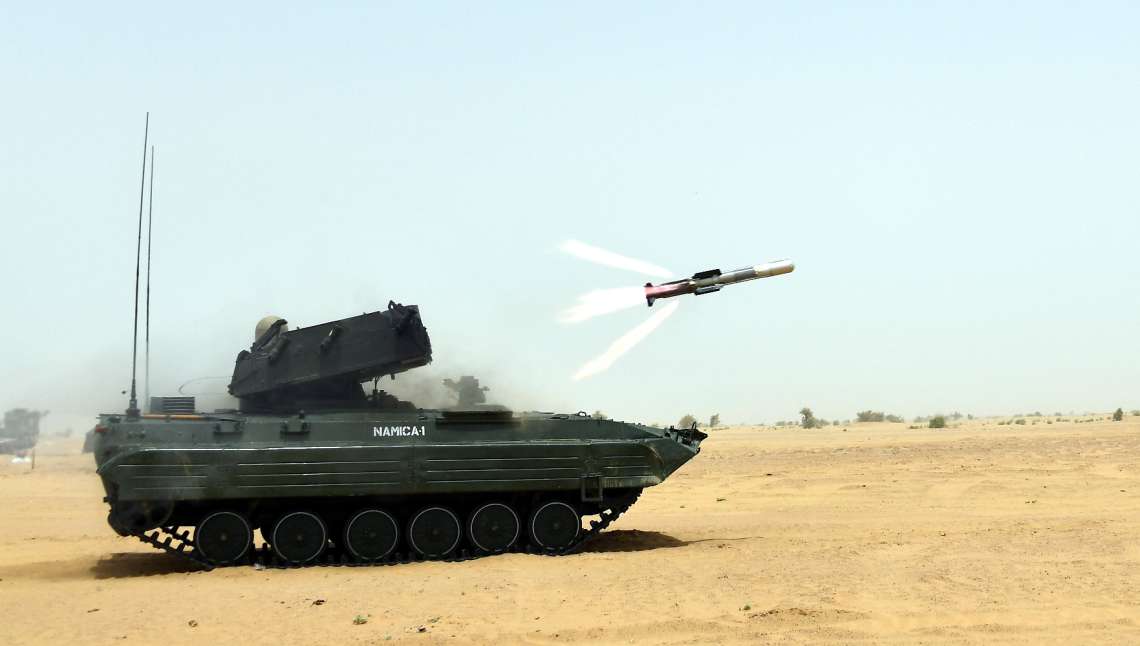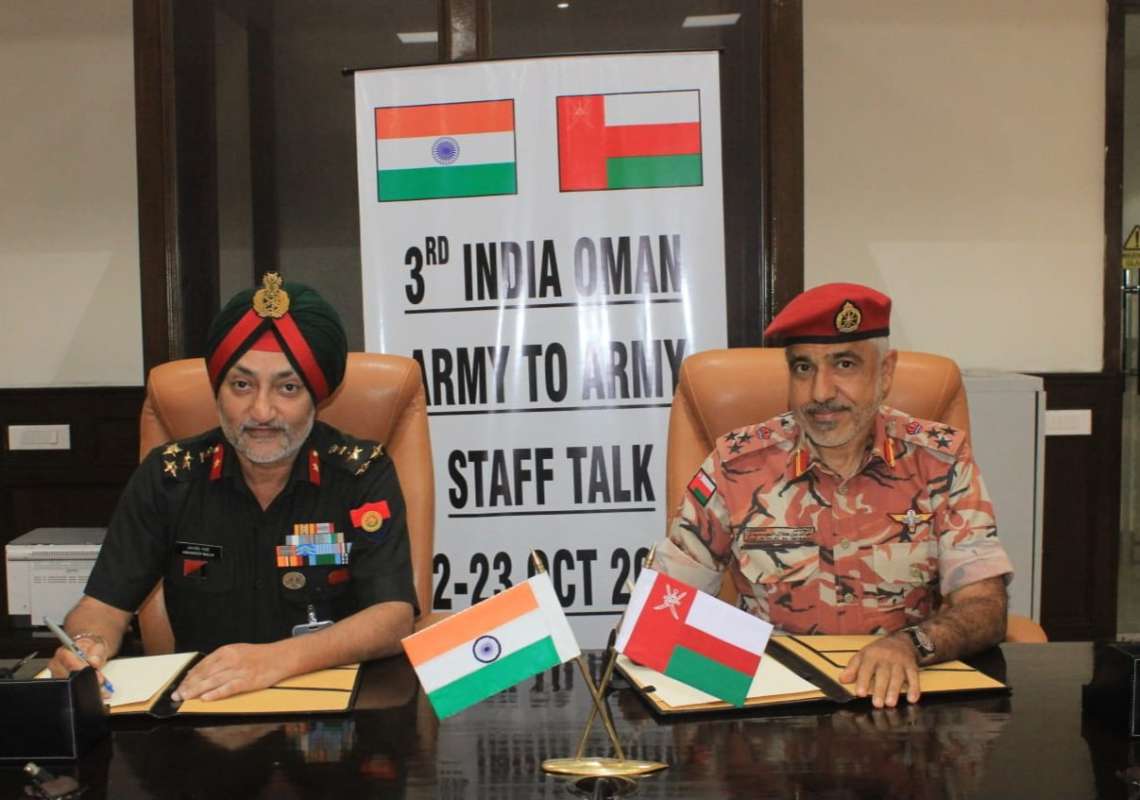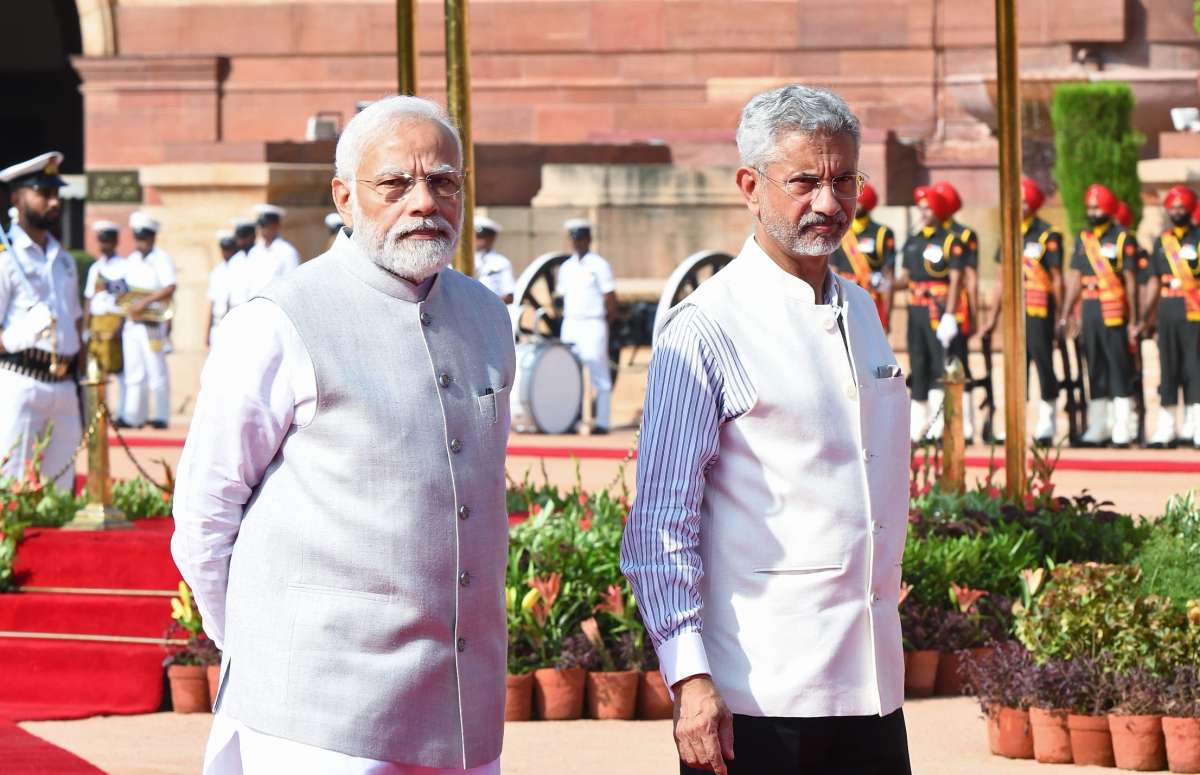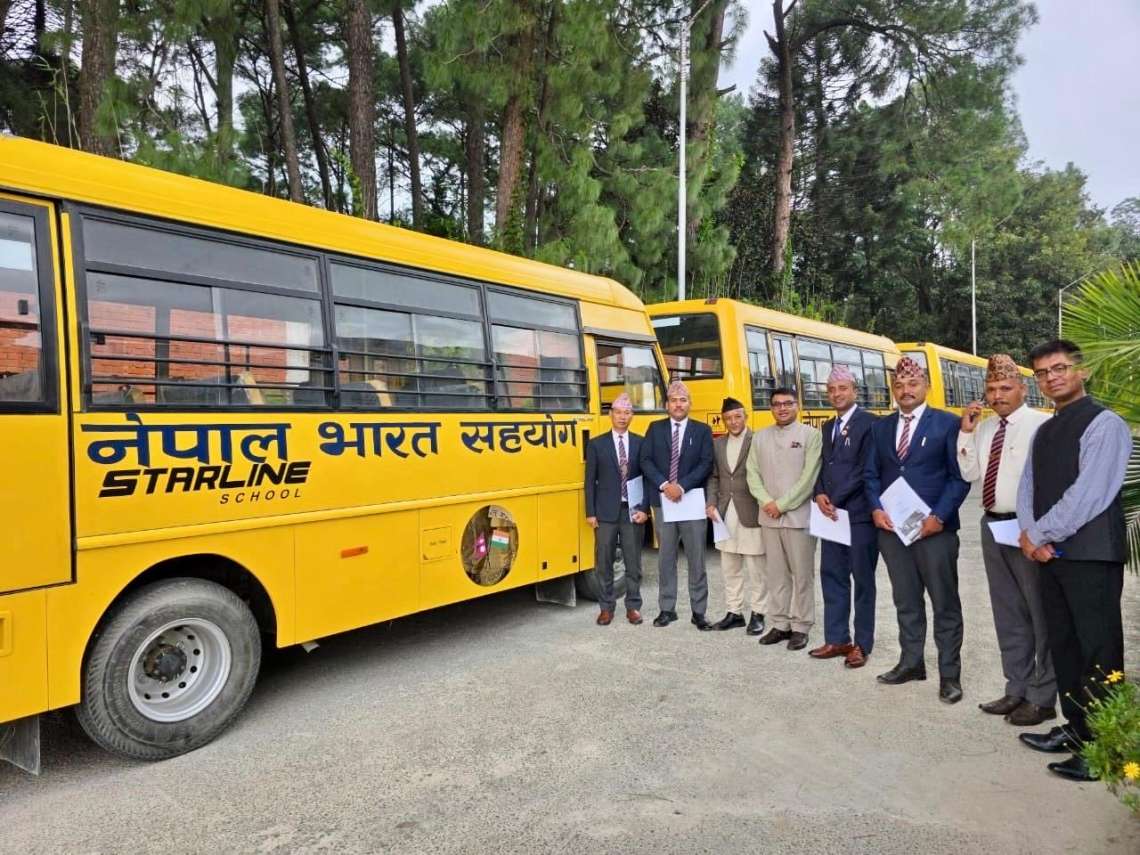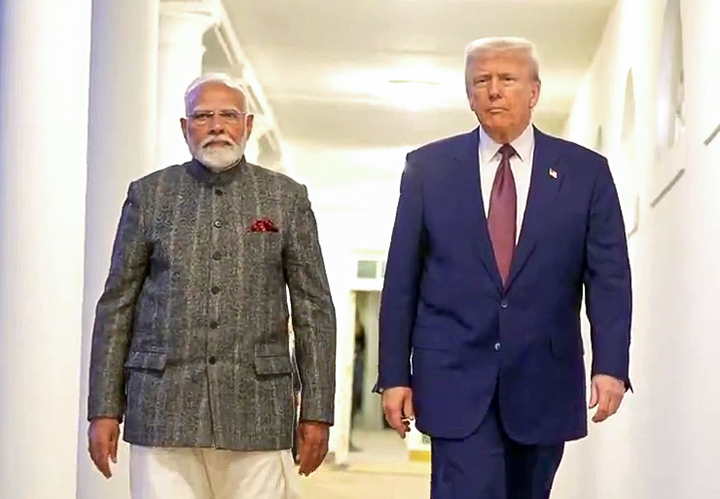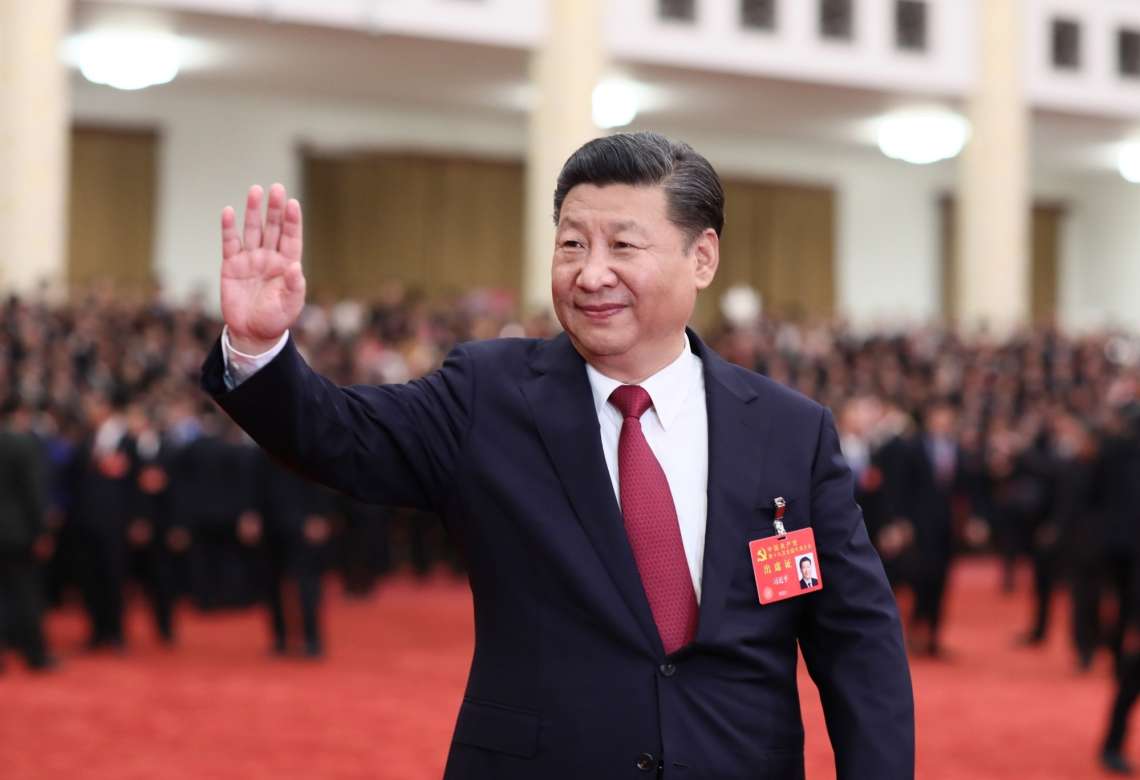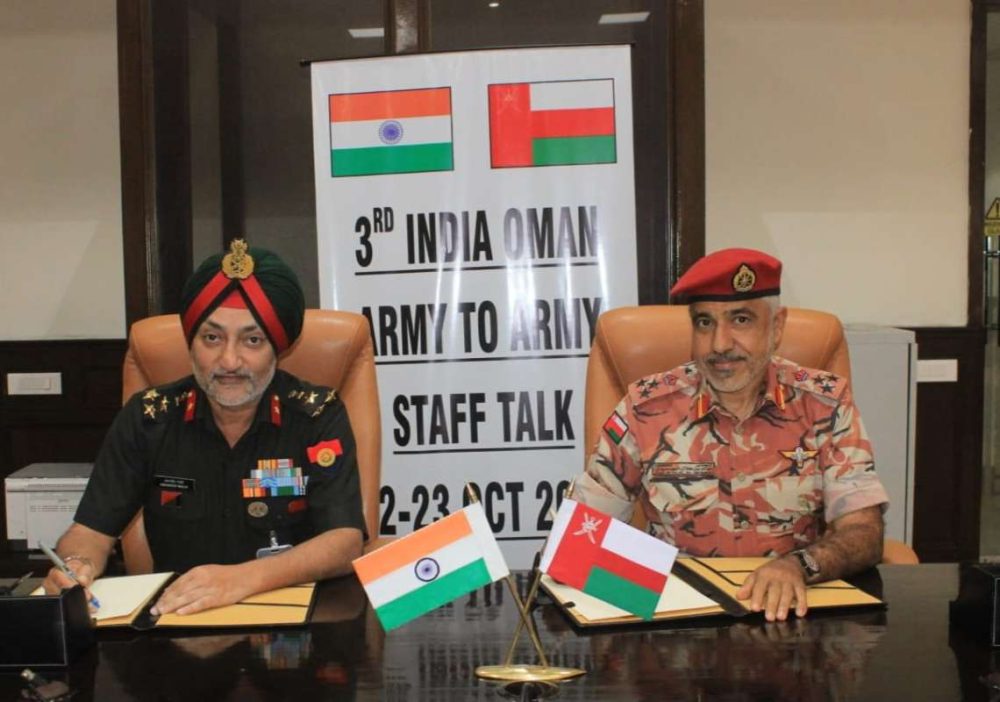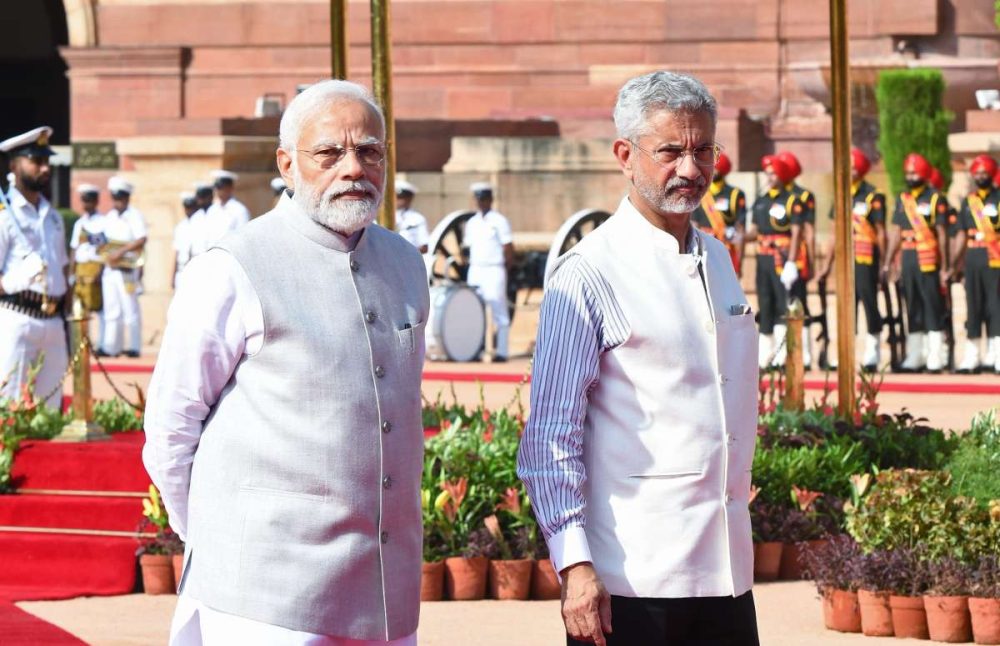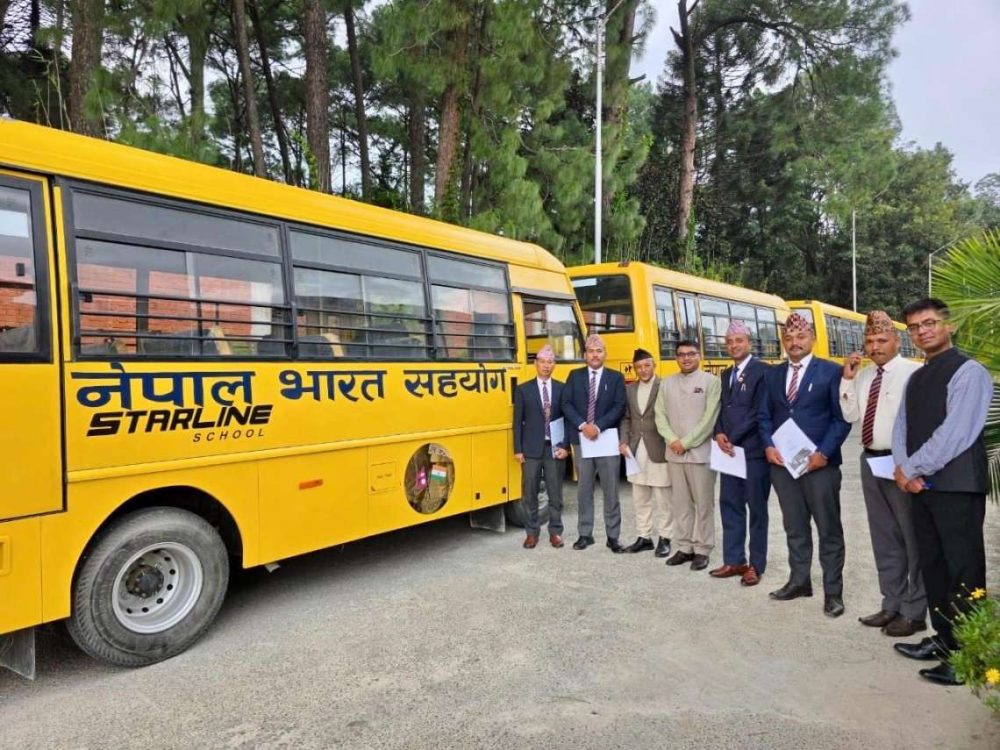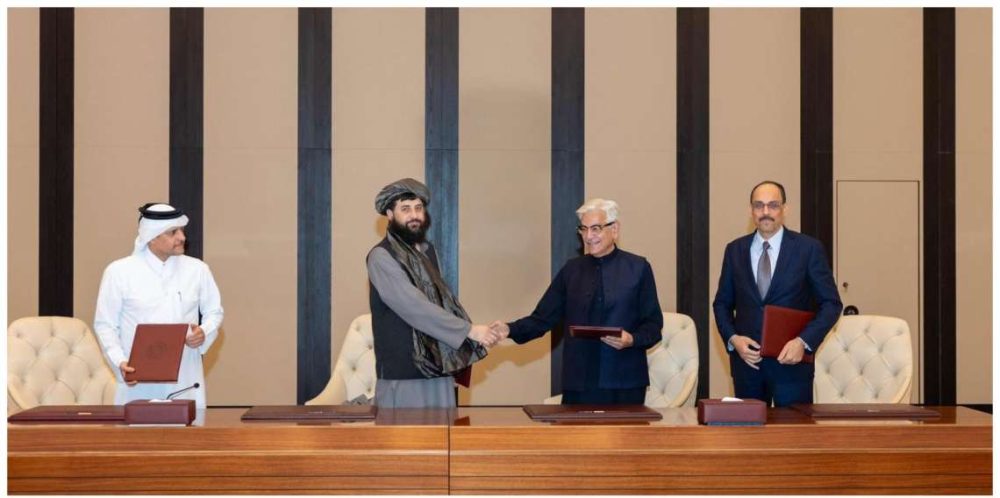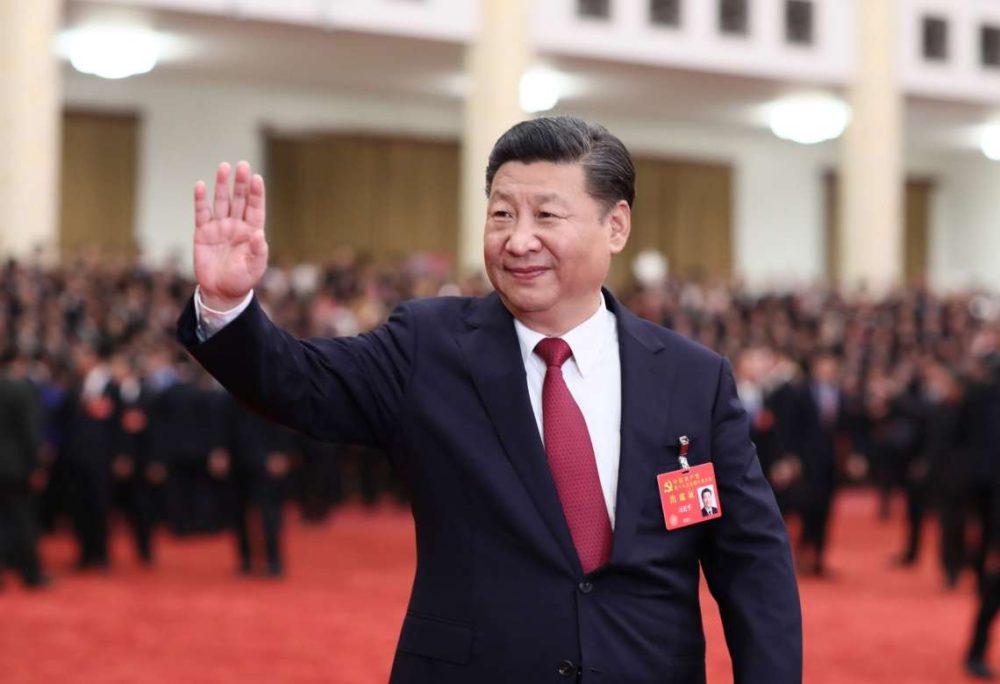India’s defence modernisation drive gains momentum with upcoming clearance for Nag Mark-2 missiles and a ₹10,000 crore S-400 missile deal with Russia, boosting both self-reliance and deterrence….reports Asian Lite News
In a major push for self-reliance and military modernisation, India is gearing up for two major defence acquisitions — the induction of over 2,400 indigenously developed Nag Mark-2 anti-tank guided missiles and a fresh procurement of missiles worth around ₹10,000 crore for the Russian-made S-400 air defence system.
The twin deals, expected to be cleared by the Defence Acquisition Council (DAC) in its upcoming meeting on October 23, underscore India’s dual-track approach — strengthening indigenous weapon systems while maintaining critical partnerships with trusted foreign suppliers like Russia.
According to defence sources, the Indian Army is set to place an order for 2,408 Nag Mark-2 Anti-Tank Guided Missiles (ATGMs) and 107 NAMICA (Nag Missile Carrier) tracked vehicles, a move seen as a landmark for India’s domestic defence ecosystem. Produced by Bharat Dynamics Limited (BDL) and developed by the Defence Research and Development Organisation (DRDO), the Nag Mark-2 represents a significant leap from its earlier version.
The upgraded system incorporates several improvements recommended by the Army after field experience with the previous variant. The Nag Mark-2 is a third-generation, fire-and-forget ATGM designed to destroy heavily armoured enemy tanks at both short and long ranges. Its advanced guidance and imaging systems allow it to lock onto and obliterate targets with pinpoint precision.
Field evaluation trials conducted earlier this year at the Pokhran Field Range validated the system’s performance under diverse battlefield conditions. Senior Army officers who witnessed the trials reported that the missile accurately hit all designated targets, achieving both maximum and minimum range benchmarks.
The NAMICA Mark-2 — an upgraded version of the tracked carrier vehicle — was also tested and cleared for induction. Developed jointly by DRDO and production partners, the system integrates cutting-edge sensors, fire-control technology, and enhanced mobility for deployment in rough terrain.
Officials say the Defence Ministry’s approval will pave the way for full-scale induction, marking a major milestone in India’s ‘Atmanirbhar Bharat’ (self-reliant India) initiative in defence manufacturing.
Prime Minister Narendra Modi and Defence Minister Rajnath Singh have consistently pushed for indigenisation in the defence sector, reducing reliance on imports while nurturing local capability. Army Chief General Upendra Dwivedi has echoed the sentiment, emphasising that future wars will depend on India’s ability to deploy its own weapon systems swiftly and effectively.
While India celebrates its growing indigenous capacity, it continues to rely on strategic partnerships to sustain high-end capabilities — especially in air defence. The Indian Air Force (IAF) is reportedly finalising discussions with Russia to procure missiles valued at around ₹10,000 crore to bolster the S-400 Triumf system, one of the world’s most advanced long-range surface-to-air missile platforms.
The IAF had acquired five squadrons of the S-400 system under a 2018 deal with Russia. So far, three squadrons have been delivered and are fully operational, while delivery of the remaining two was delayed due to the ongoing Russia-Ukraine conflict. India is pressing Moscow to expedite the delivery and is also exploring the possibility of inducting more S-400 and even S-500 systems in the coming years.
Sources said the S-400 system proved its mettle during Operation Sindoor, when Indian forces reportedly used it to bring down up to six Pakistani aircraft and a spy plane deep inside Pakistan — an operation that reinforced its reputation as a game-changer for the IAF.
Defence officials added that discussions with Russia are not limited to S-400 missiles. India is also considering acquiring new air-to-air missiles to enhance its beyond-visual-range strike capability and upgrading the BrahMos supersonic cruise missile system jointly developed by the two nations.
The expected visit of Russian President Vladimir Putin to India in December is likely to further cement these discussions, as both nations seek to deepen military-industrial cooperation amid shifting global alliances.
Together, the two acquisitions — one rooted in India’s domestic ingenuity and the other in its long-standing strategic partnership — highlight New Delhi’s evolving doctrine: a strong, self-reliant defence ecosystem that continues to draw on trusted alliances where necessary.
As India prepares for the DAC’s crucial decisions next week, these moves could mark one of the most significant steps in modernising the nation’s military firepower — blending indigenous innovation with time-tested partnerships to shape a robust, future-ready force.


